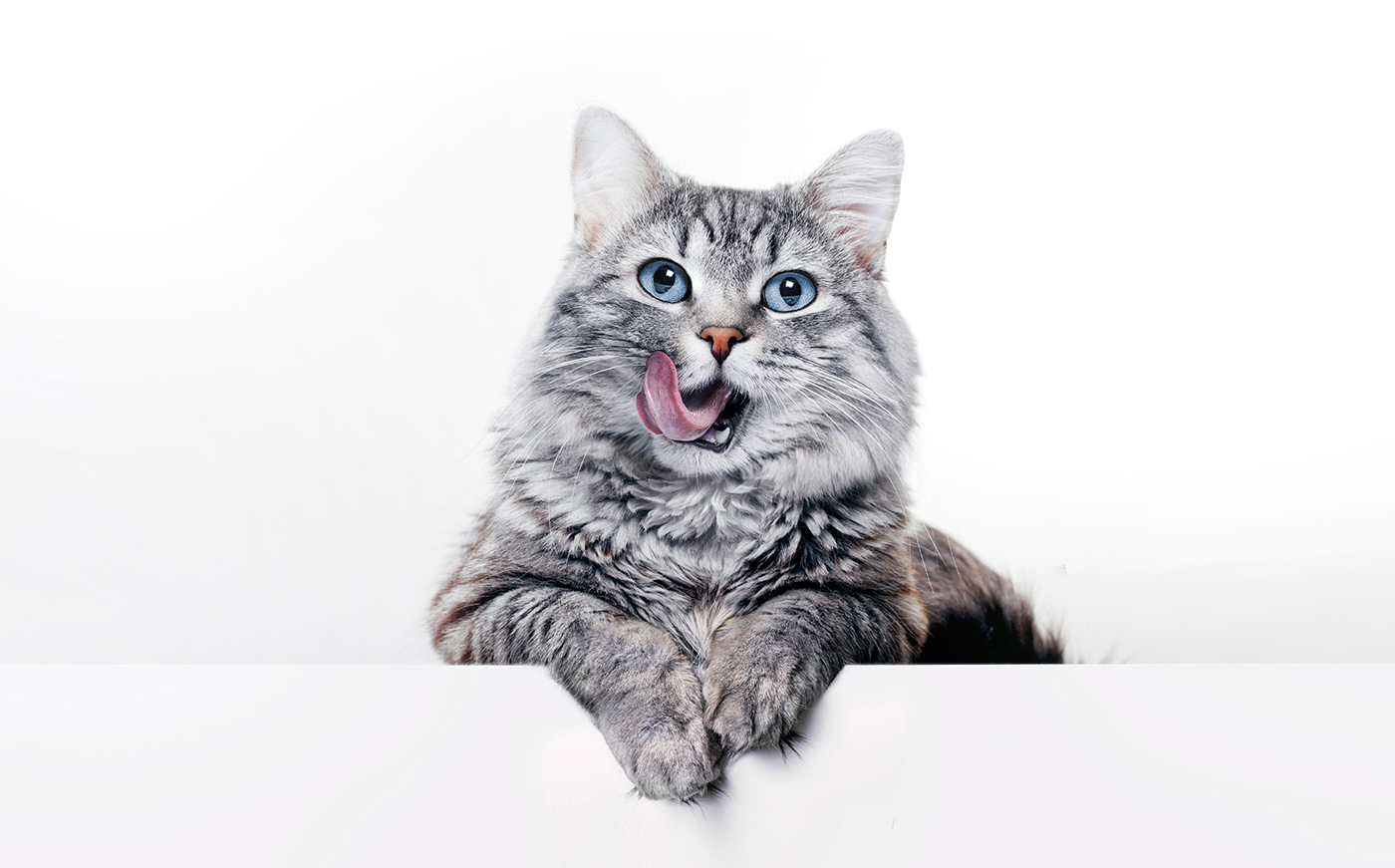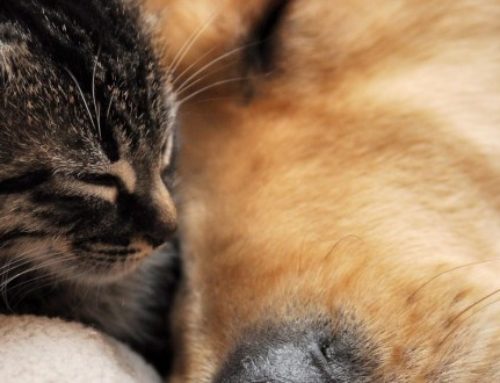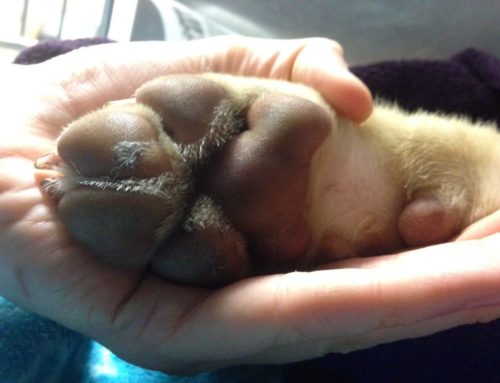Cholangiohepatitis is a very common condition in cats, and is characterised by inflammation of the bile duct (cholangitis) and the liver (hepatitis).
The cat’s liver is one of their most important internal organs, and has many hundreds of different functions; including processing food from the gut; breaking down waste products, drugs and toxins; and manufacturing bile (needed to digest fats). Any disruption to the function of the liver will make a cat very sick, and is therefore potentially life-threatening.
What causes it?
There are two types of the condition:
- Neutrophilic Cholangiohepatitis (NCH), also known as Suppurative Cholangiohepatitis. This is caused by bacterial infection of the bile ducts; the bacteria crawl their way up from the small intestine and invade the liver, causing diffuse liver and bile duct infection. It is most common in young and middle-aged cats, and may also be associated with disease of the pancreas or small intestine.
- Lymphocytic Cholangiohepatitis (LCH) is not primarily an infectious disease, but is due to an abnormal immune reaction where the immune system starts to attack the bile and liver tissues. The underlying cause is not known, but this condition is more common in older cats, and tends to be much slower in developing.
What are the symptoms?
- Neutrophilic Cholangiohepatitis:
- Rapid onset – usually symptoms peak within five days.
- Loss of appetite.
- Jaundice (yellowing of the gums and eyes), although this is variable.
- Abdominal pain and liver enlargement.
- Lymphocytic Cholangiohepatitis:
- Very gradual and subtle in onset, often over months or even years.
- Intermittent vomiting and diarrhoea
- Episodes of illness characterized by:
- Loss of appetite.
- Lethargy and hiding.
- Enlarged liver.
As you can see, it can be really hard to distinguish between an episode of LCH and an attack of NCH!
How is it diagnosed?
A diagnosis of “liver disease” can usually be reached based on routine blood tests. Increases in the amounts of liver enzymes in the blood suggest that liver cells are damaged and are “leaking”. In general practice, the two most commonly used are Alanine Aminotransferase (ALT), indicating cell damage; and Alkaline Phosphatase (ALKP), indicating that the bile isn’t flowing (cholestasis, often a marker for bile duct swelling or inflammation).
However, these tests will not always indicate the underlying cause – for that, further blood tests (haematology, for white blood cell counts), imaging (liver ultrasound), and often a liver biopsy (where part of the liver is removed with a special biopsy needle and examined under the microscope) are needed.
What is the treatment?
Once again, it depends on the cause – Neutrophilic Cholangiohepatitis is due to an infection, so prolonged courses of powerful antibiotics are needed. On the other hand, Lymphocytic Cholangiohepatitis is due to an overactive immune system, so drugs to reduce immune attack are more appropriate – immunosuppressive medications such as steroids are usually used, and generally need to be continued life-long.
In both cases, however, supportive care is vital, and usually requires hospitalisation (at least to begin with). This usually includes:
- Supported nutrition and fluids – possibly by syringe feeding, or by a stomach tube, or putting the cat on a drip.
- Drugs to help maintain liver function, such as SAMe.
- Drugs to encourage bile flow, such as ursodeoxycholic acid.
What’s the likely outcome?
For NCH, the prognosis is usually good if started early on in the disease. In LCH a complete recovery is unlikely, but the condition may go into remission for a prolonged time with rapid and effective treatment.
In both types, however, delayed diagnosis and treatment is likely to result in permanent liver damage, with a much worse prognosis.
If you think your cat may have a liver problem, get them checked out by one of our vets!






